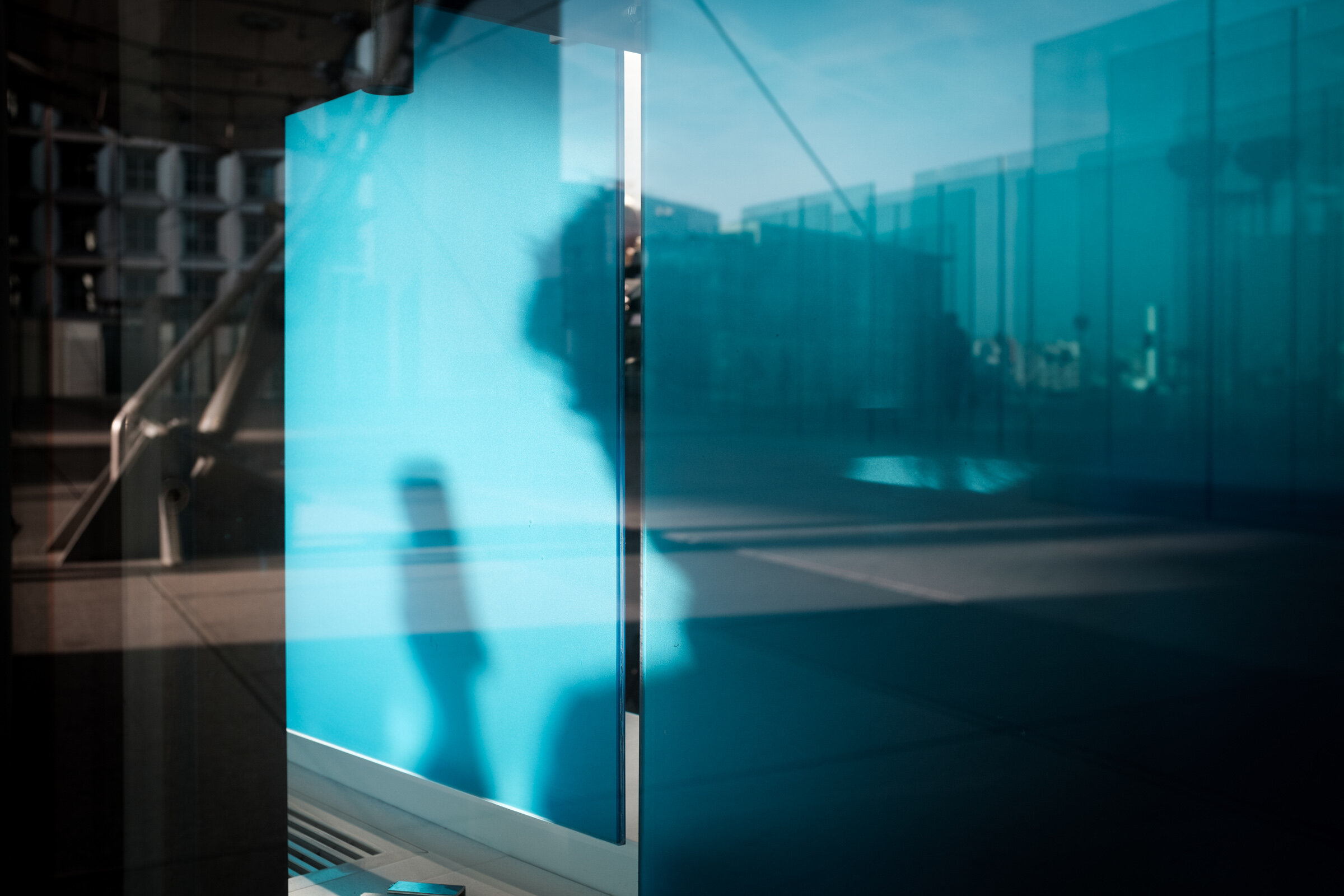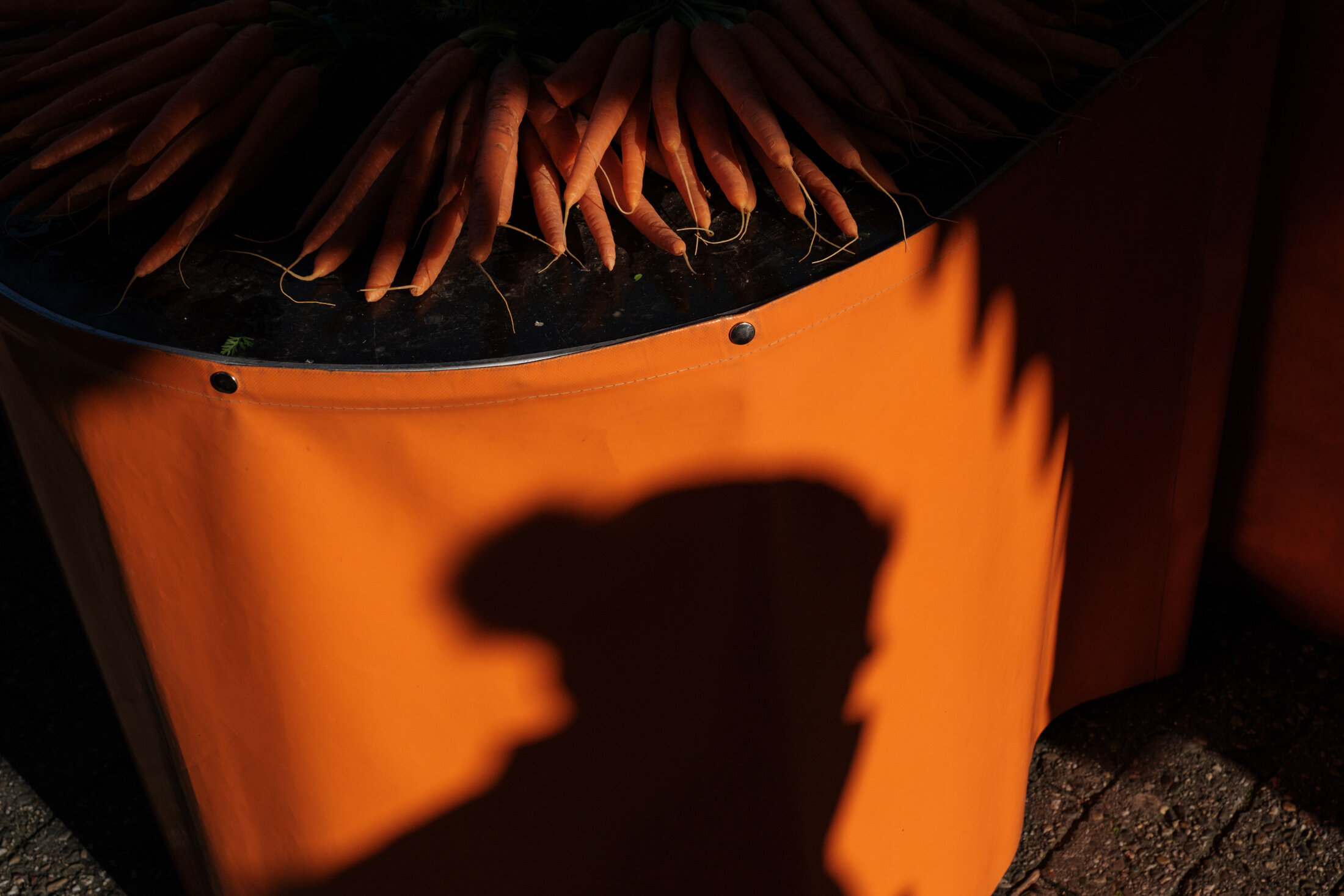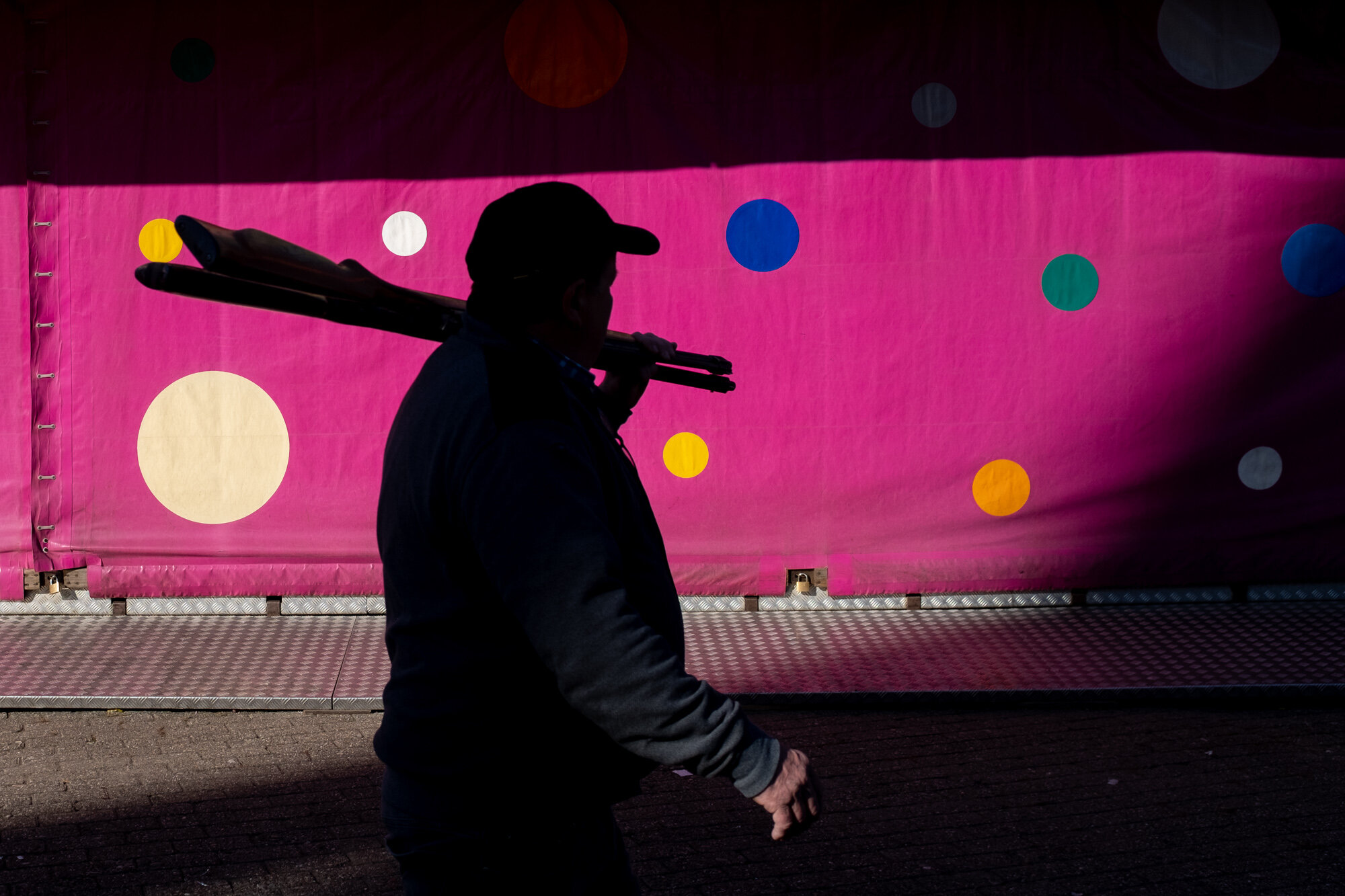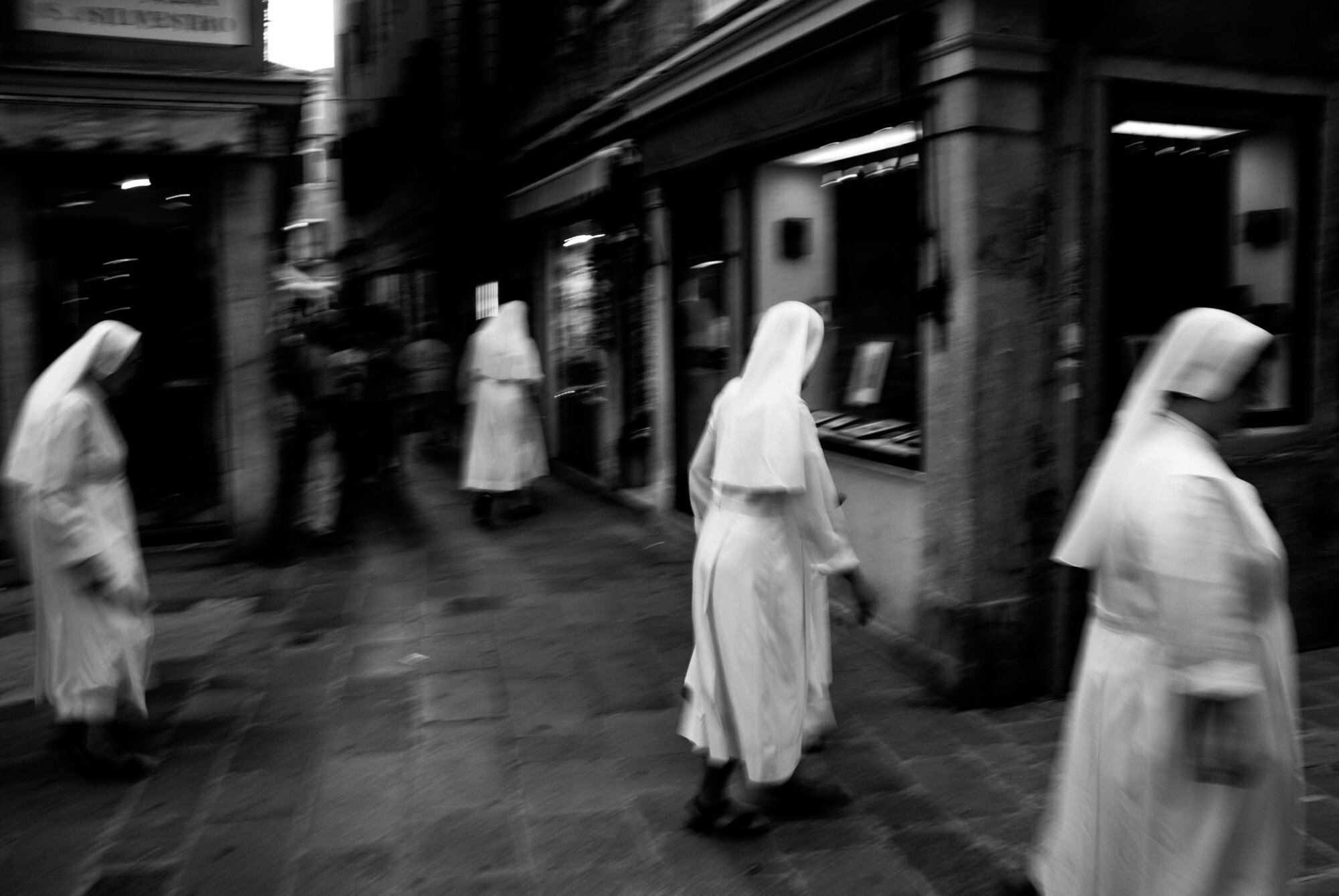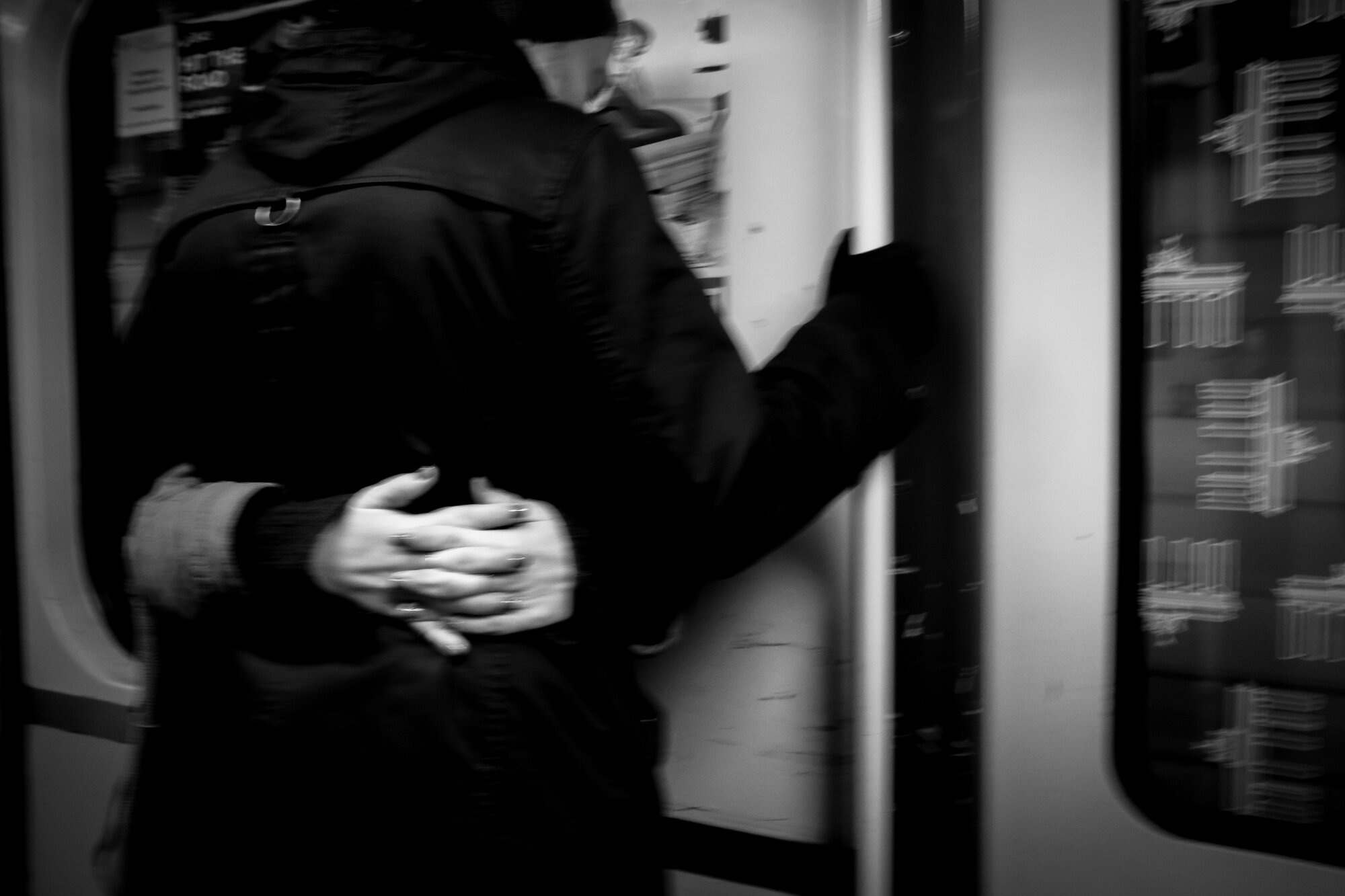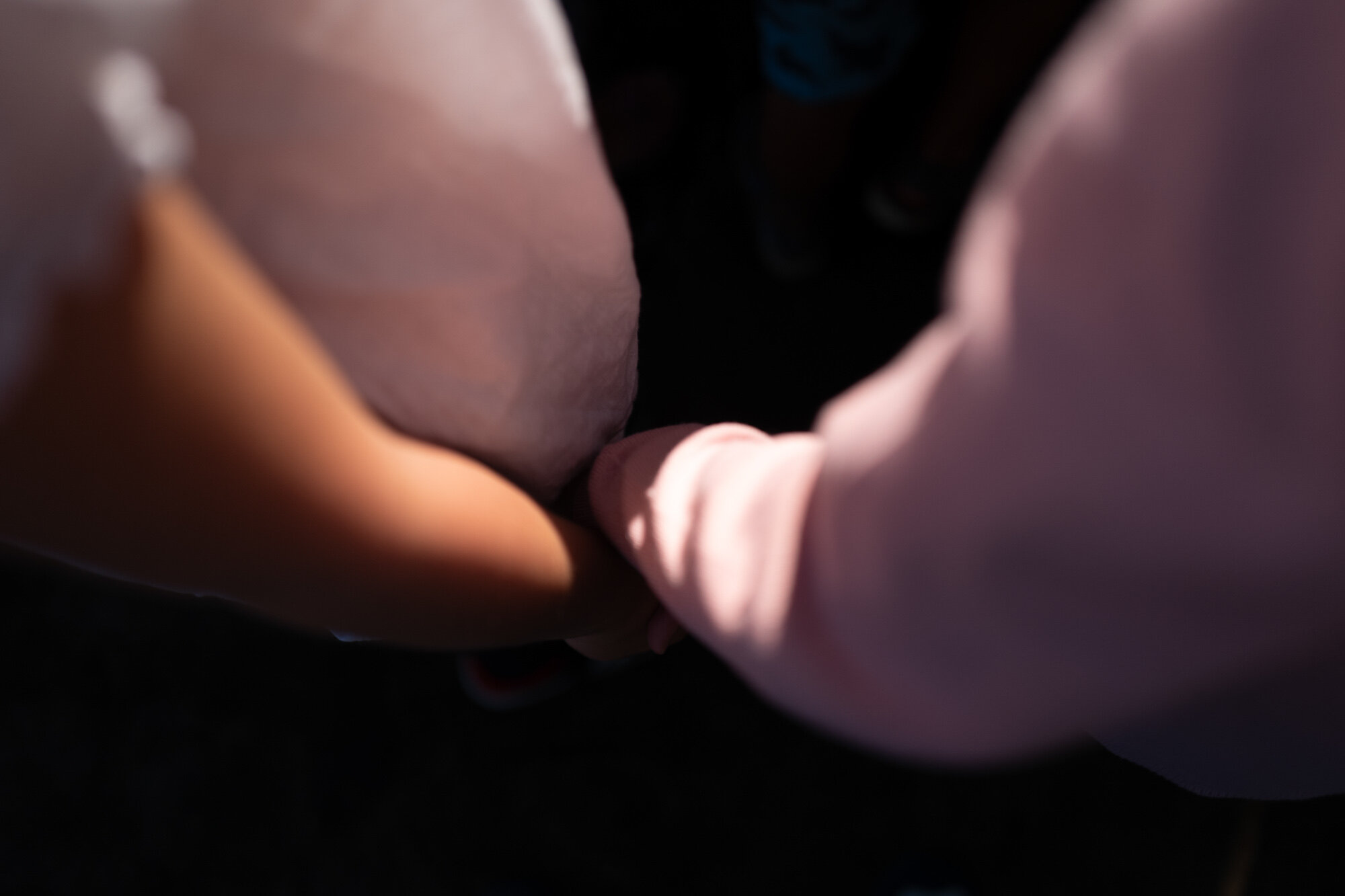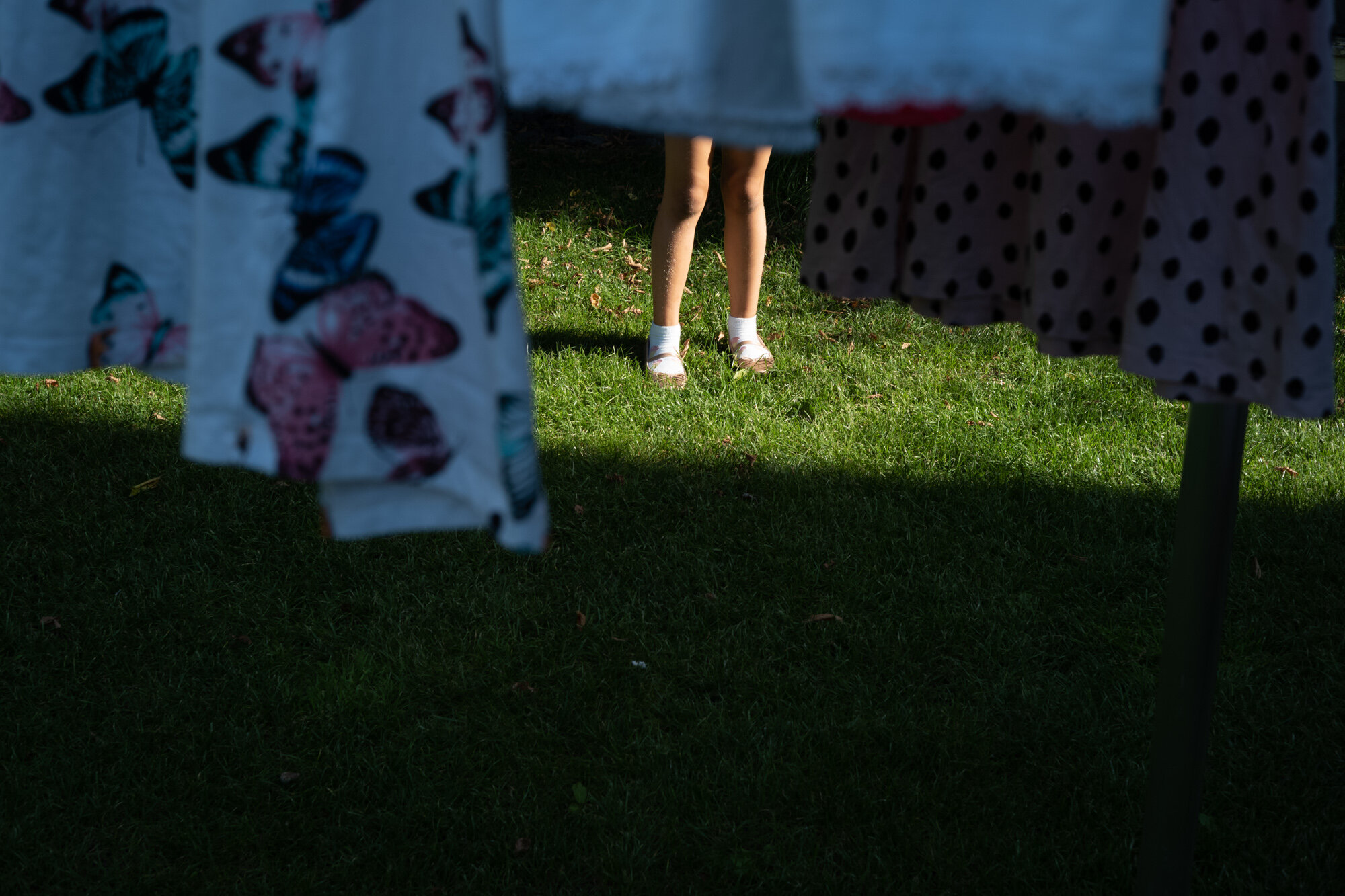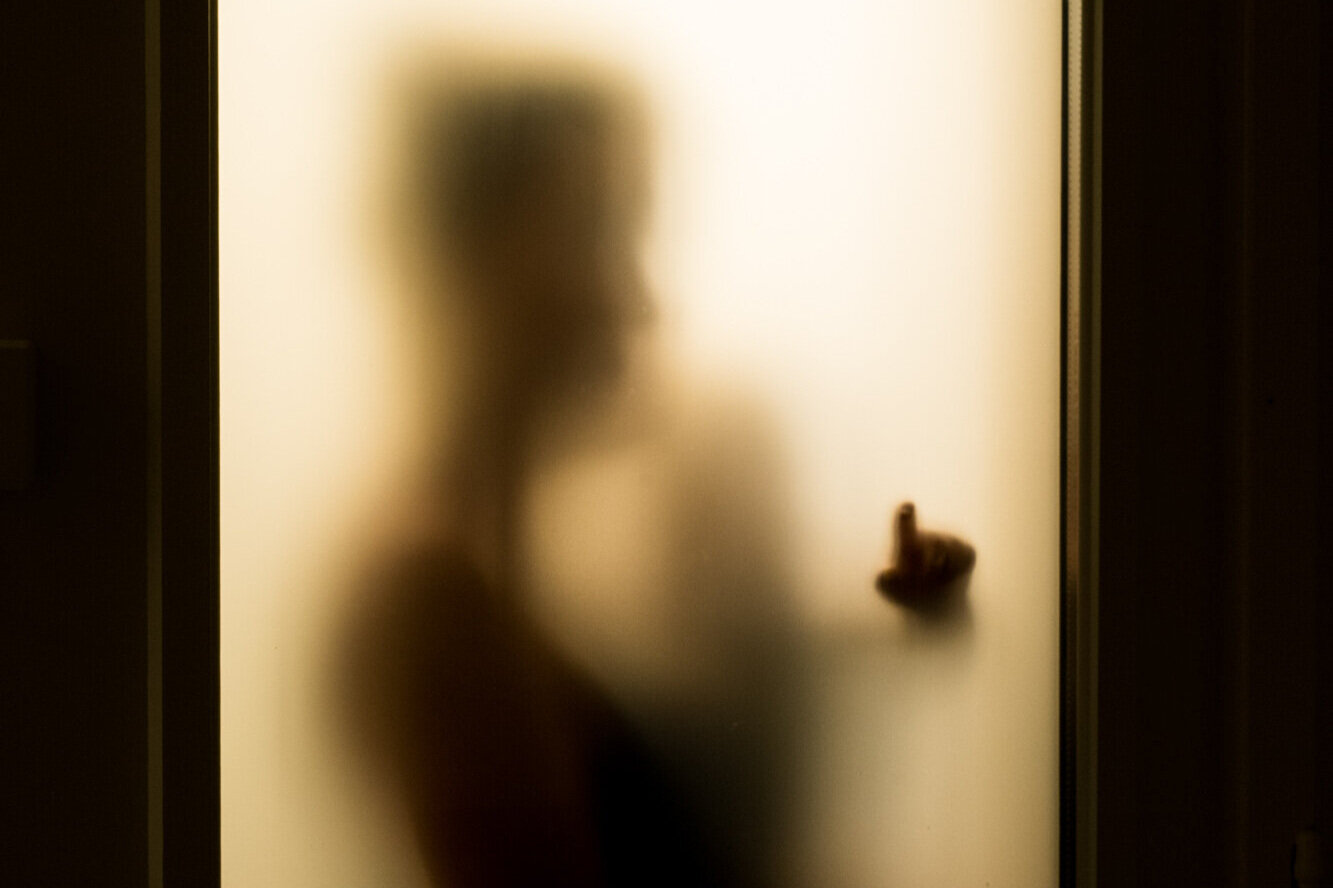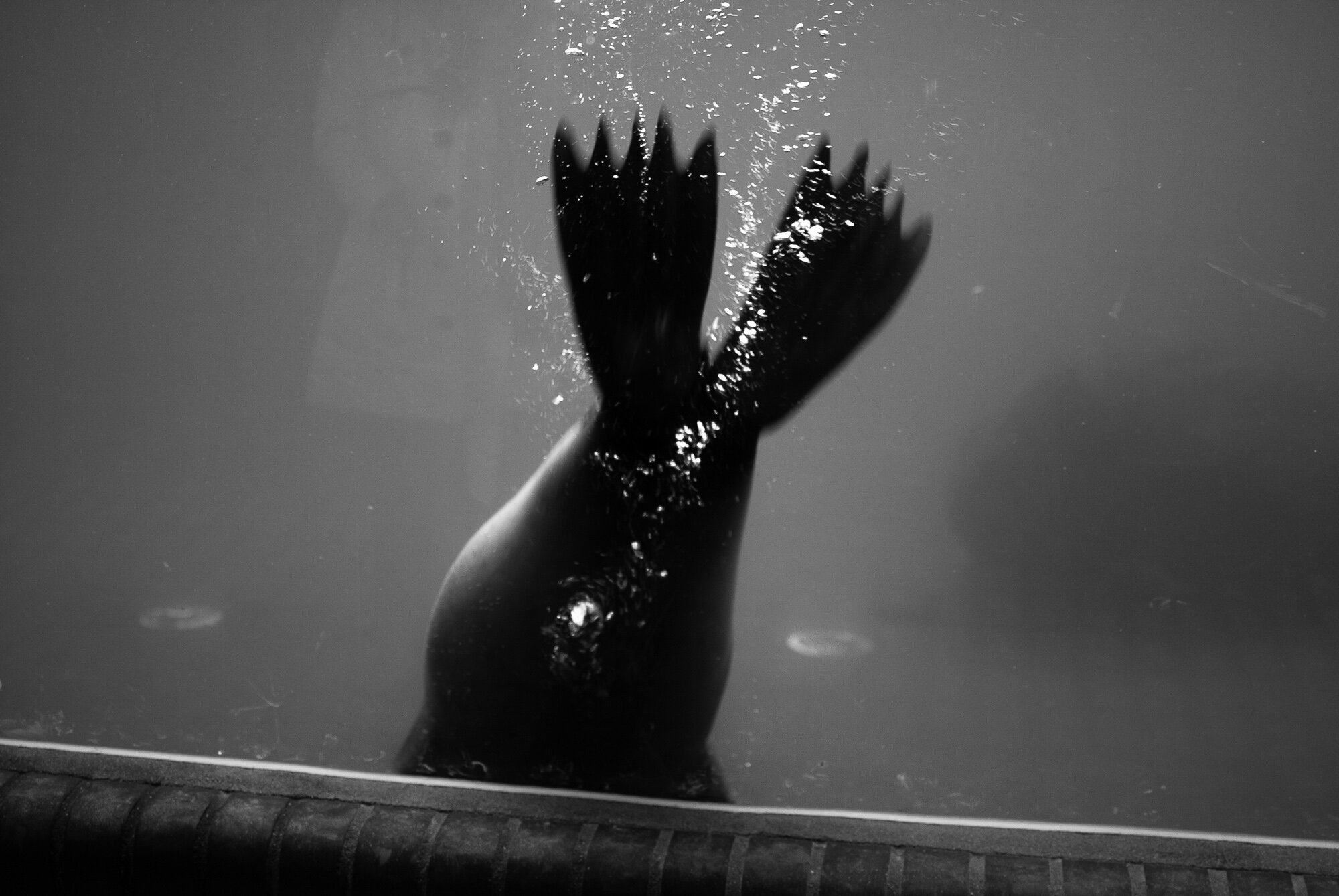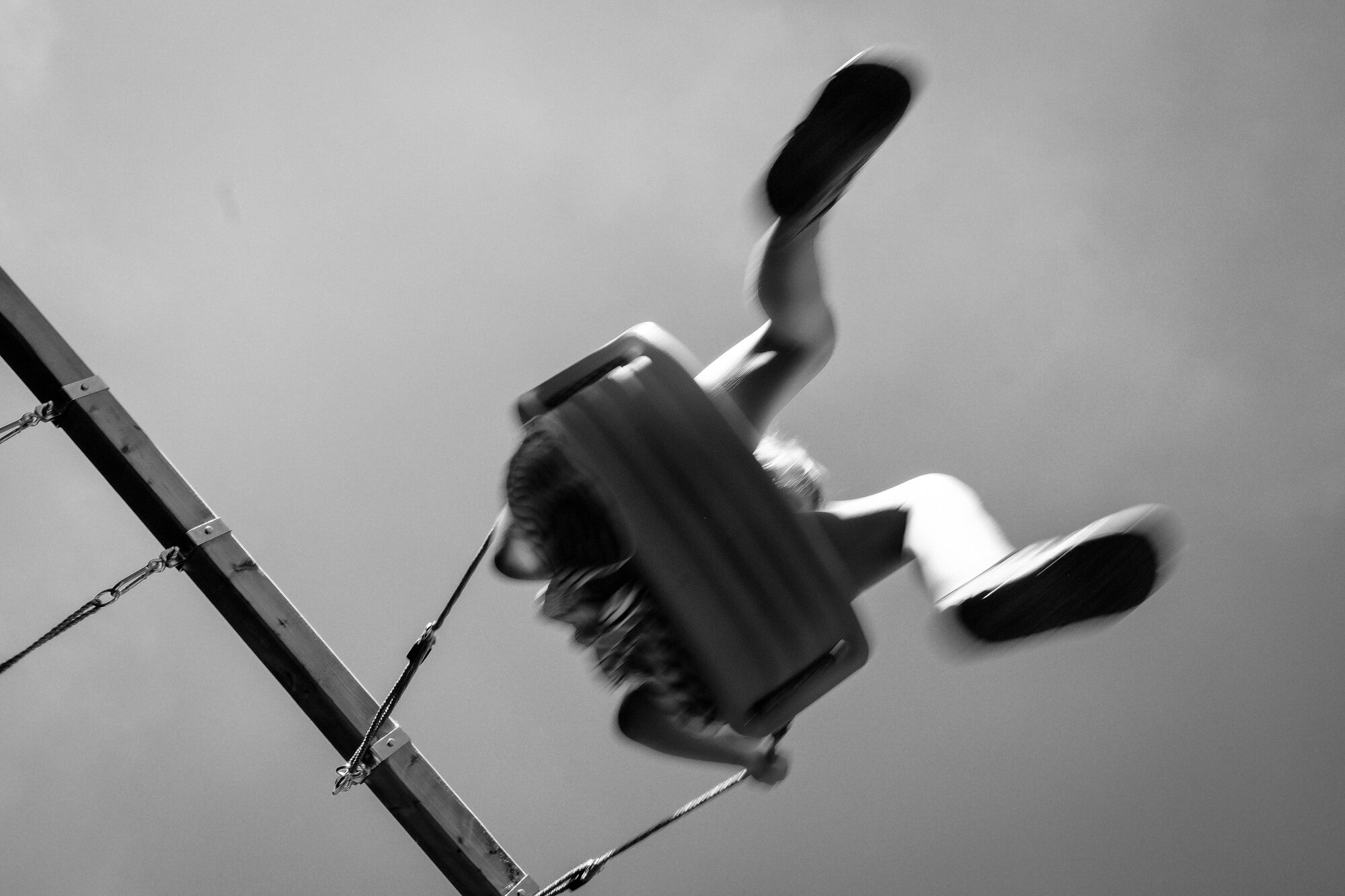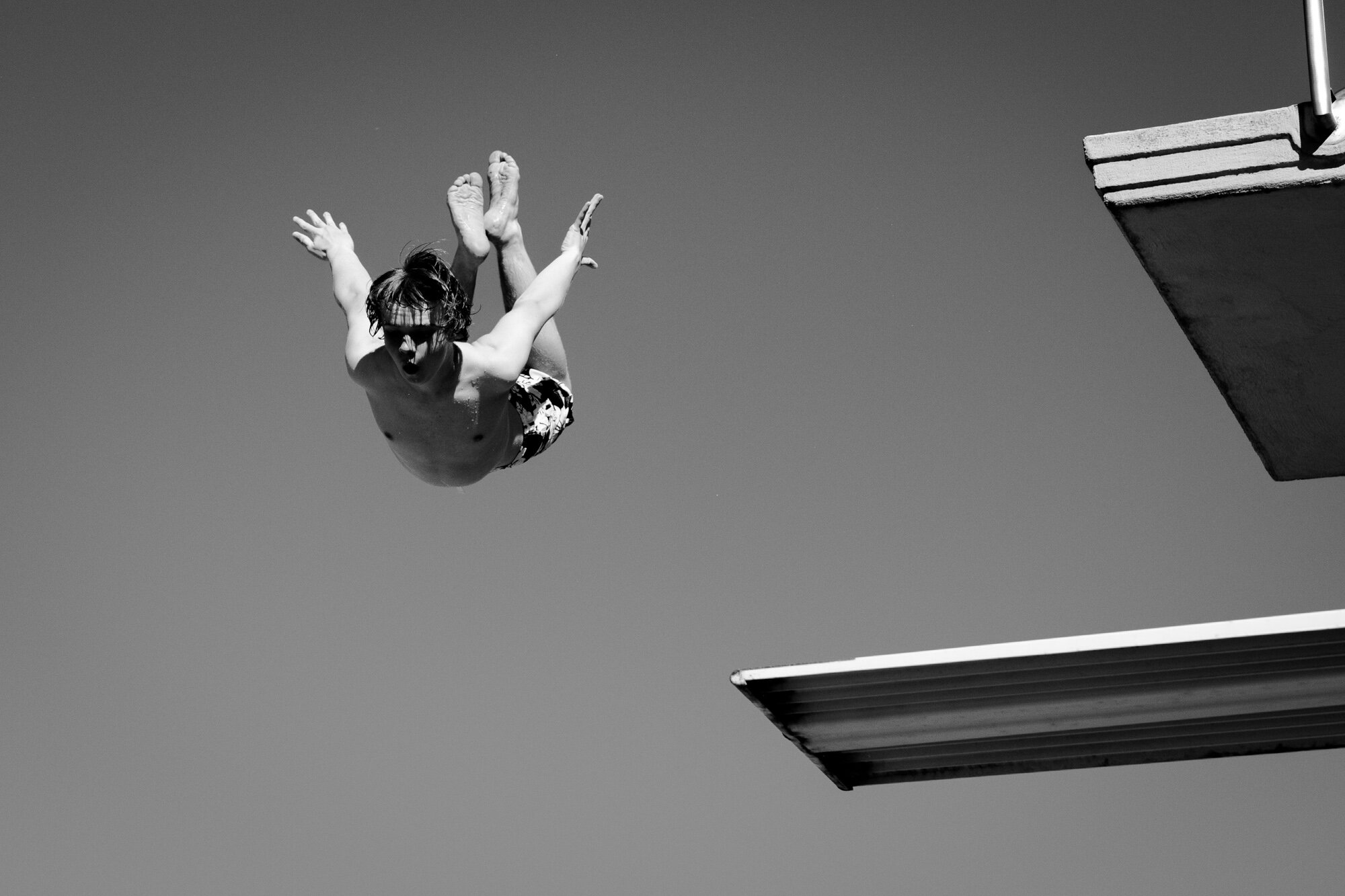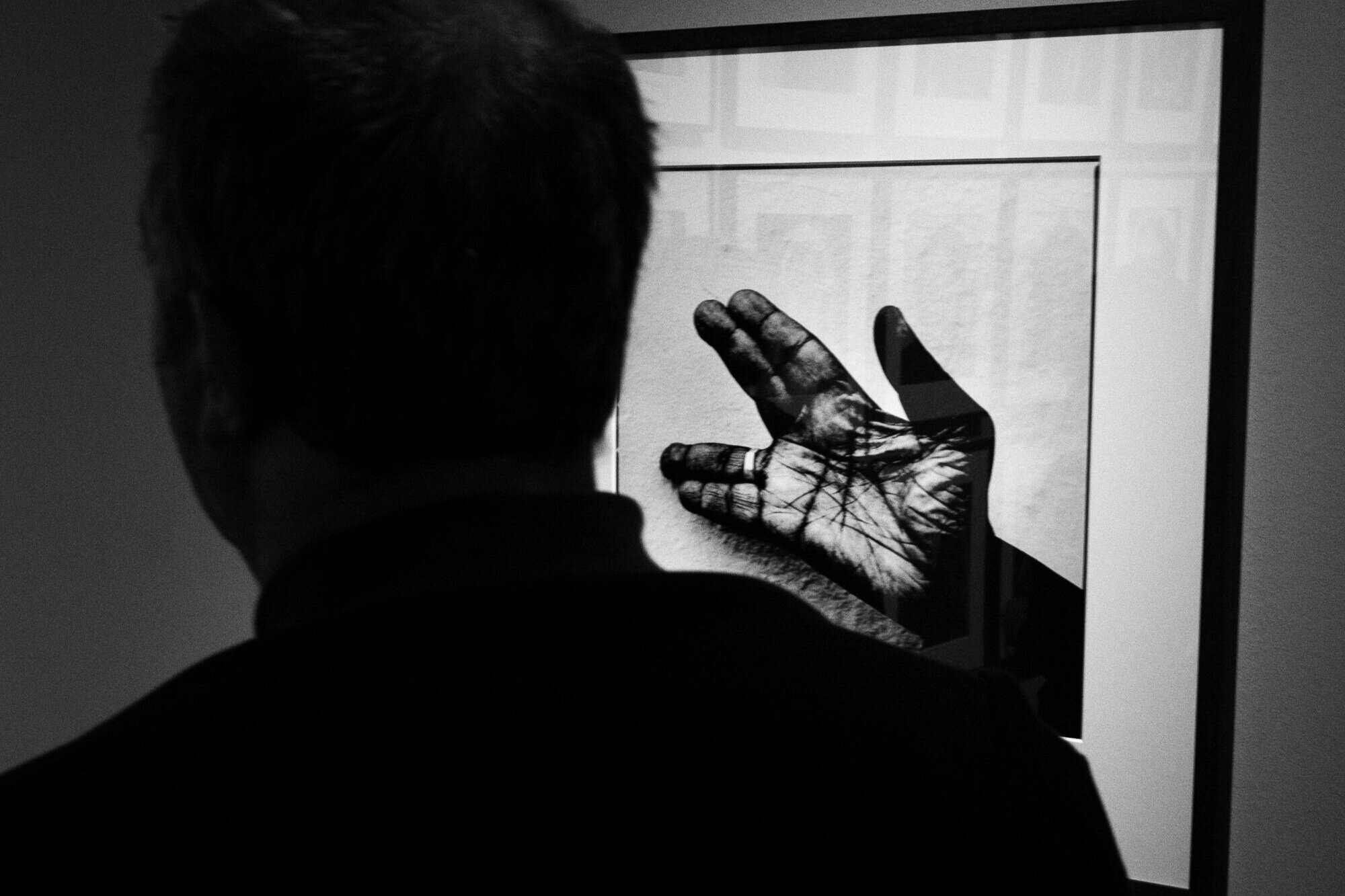Stopover
I can’t remember the first photo I took. Someone probably showed me how to press the shutter, or maybe they even took the time to explain to me what to do with a camera. A long time ago, cameras were mechanical devices that needed to be held with two hands. There was no immediate review of the image, and there were a limited number of frames available, determined by film rolls or simply money. The judgement about a good, bad or mediocre image was postponed for days if not weeks. Probably, the whole process of taking images was more honest and pure. To compose carefully, to evaluate if it was worthy to shoot, to wait for the result, to imagine how it would look, to contemplate what you would see in it.
For most of us, everyday life has changed within the last weeks. We are mostly bound to our homes, finding the time to slow down. For photographers, this is probably the moment to stop and reflect on the images we have taken: on the moments we witnessed, the reasons we took an image, the photographic rules we applied, the emotions and memories those images evoked in us. For sure, we all have photographed many different things in many different contexts. However, there is always a reason to take a particular photo, and I guess every photographer has learned in their own way which photos he likes and doesn’t like. And maybe this brings the photographer even a step further in discovering the reasons behind it.
I have always been impressed by the tight bind between moments we experience in life and the photos we take of them. For many photos, this relation is still valid and can be remembered years later by simply looking at the photograph. Usually, we do not only remember the moment, but we also remember the circumstances, the story, and our emotional state. This is not only a valuable quality, but it is also deeply human. It deconstructs our personal feelings and lived moments, making us aware of what really matters.
Looking at older photographs is sometimes a challenge. Beside context and emotions, there are photographic rules and styles which develop and which will change over time. In photography and art in general, success is often bound to the notions of consistency and authenticity. I guess for most photographers and artists this has been a long road rather than a primary goal. Thus, looking at older images, is not only a great way to relive moments in our lives, but to reevaluate the images, why we pressed the shutter, why we did in that way, and what we liked about it. And don‘t expect a photo to tell everything you envisioned in it. Over time, I believe the entirety of photos you took will tell your story.

